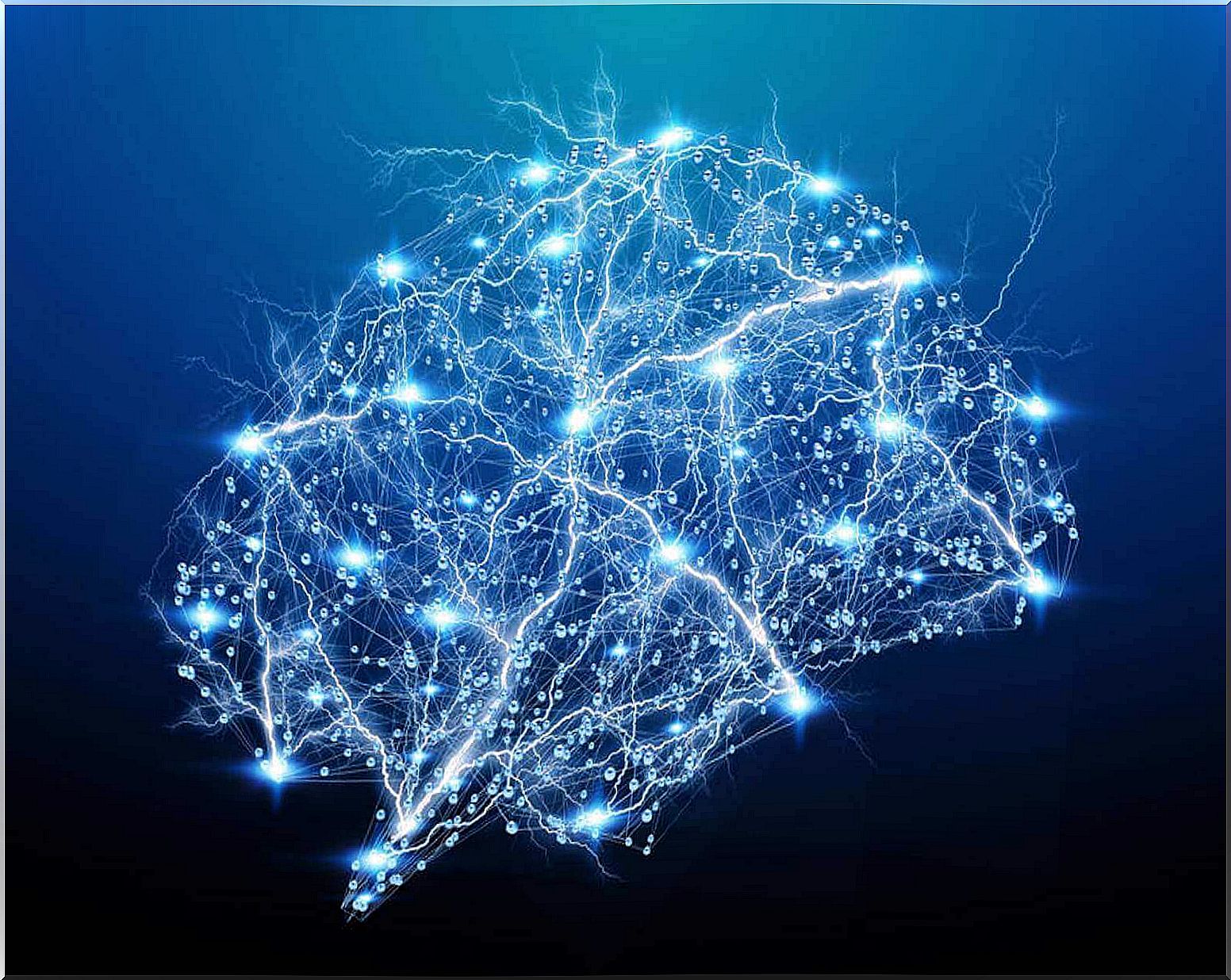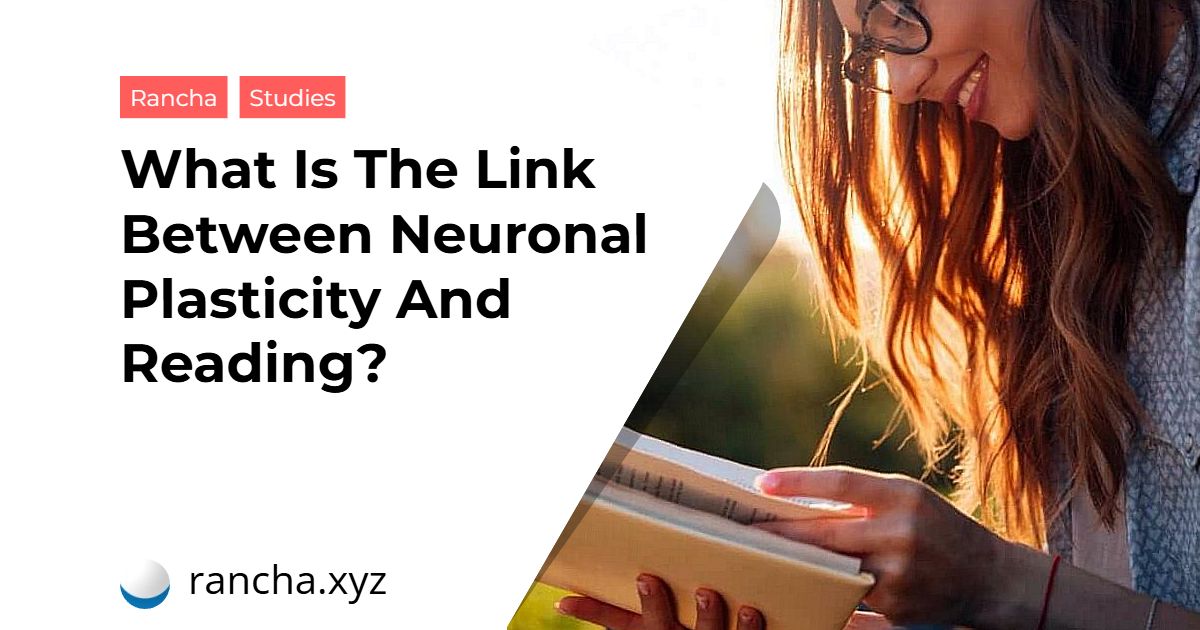Many of the situations we face require adaptation on our part. Furthermore, the brain is likely to have to undergo or actively participate in this adaptation. So anything we do can be related to that process. This is how the link between neuronal plasticity and reading is formed.
To understand this, we’ll first talk about how brain plasticity works in the processes we carry out. Let’s delve into the world of the nervous system from a biological and environmental perspective. Join us!

Neuronal plasticity and reading concepts
Neuronal plasticity is an amazing phenomenon that occurs in the nervous system. It is a process in which neurons are born, while others change their branching pattern and others die.
We are talking about a phenomenon that makes forgetting possible, but also learning. As we acquire new knowledge, the brain is transformed thanks to plasticity. This is a phenomenon that occurs throughout our lives.
On the other hand, reading is the interpretation of the meaning of a text, according to the Royal Academy of the Spanish Language (RAE). An experience that is associated with training and that needs to be practiced.
The relationship between neuronal plasticity and reading
Neuronal plasticity and reading are closely related. Both work thanks to the nervous system. When we learn to read, several processes begin to take place in the brain, such as the activation of the occipital cortex. Furthermore, in relation to plasticity, there is a reorganization of neural circuits.
Interestingly, this is an environmental activation process, as so far a part of genetics that is specifically related to symbol interpretation has not been identified. So, we would talk about a process with an important cultural direction or conditioning.
During reading, areas dedicated to the translation of symbols or letters and to the visual system are activated: the information is transformed so that we can understand it. The area of recognition of faces and complex objects is also activated and new connections are created, that is, significant changes are evident when we learn to read. In fact, the cerebral activity of the cortex increases. Therefore, a cortical reorganization takes place.
Current research on neuronal plasticity and reading
How do we know this happens? Neuroscience research has given us answers. For example, through neuroimaging studies, we were able to study brain activation by areas.
In the study by Skeide et al. (2017), brain images of a group of people were taken before they learned to read and write. Significant changes could be observed in those who faced learning to write and read. This study was longitudinal and functional magnetic resonance imaging was used when individuals were at rest. It has been shown that 6 months of literacy can already lead to changes in brain physiology.
A more recent study found results that point in the same direction. Boltzmann et al. (2019) also investigated the acquisition of reading in adults. In this case, a review published in the journal Zeitschrift für Neuropsychologie was carried out in which they found that most studies associate adult learning to read with structural and functional changes.

Which areas are activated?
The areas that are activated when learning to read in adulthood go beyond the occipital cortex. The subcortical areas, midbrain and thalamus also participate in the process. In fact, the researchers found that connections between the occipital lobe and the superior colliculus and the pulvinar nuclei are activated.
However, it should be taken into account that different cognitive processes are triggered during reading, such as attention, closely associated with eye movement. Likewise, self-regulation processes could be put in place to perform the task, such as motor and emotional control related to executive functions.
All these searches found new activation regions in relation to reading. These results contribute to the hypothesis that the neural basis of reading is much broader than we might first think.
In short, neuronal plasticity and reading are linked in cortical reorganization and activation of several brain areas, providing structural and functional changes. Therefore, reading enriches our brain’s connections.
 rancha.xyz Be free to choose their own route to self-knowledge, health and balance of body and soul.
rancha.xyz Be free to choose their own route to self-knowledge, health and balance of body and soul.




